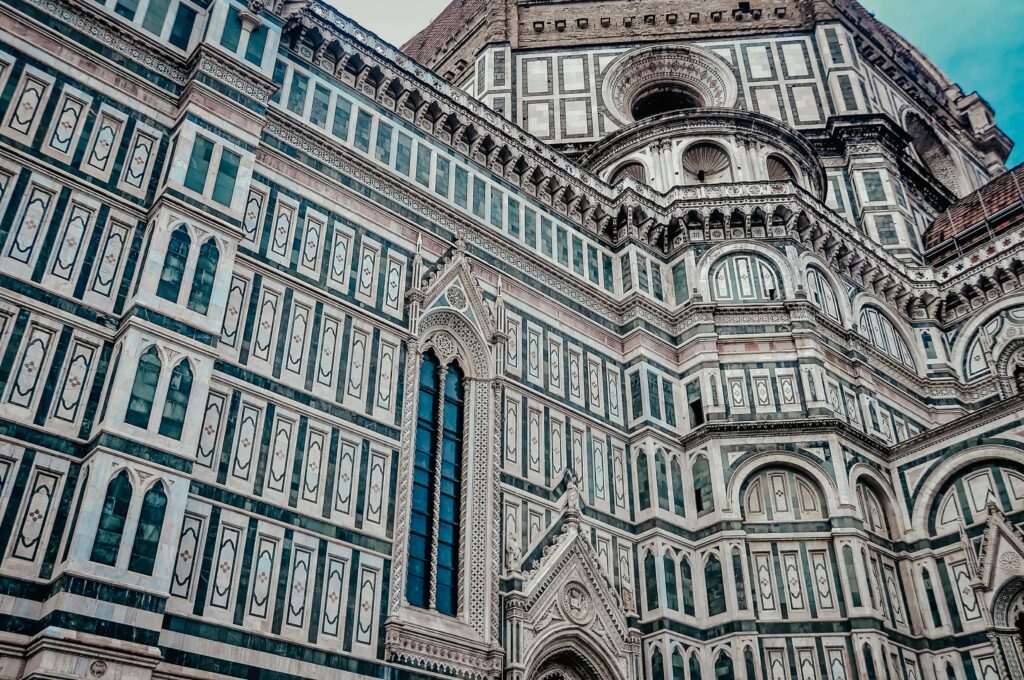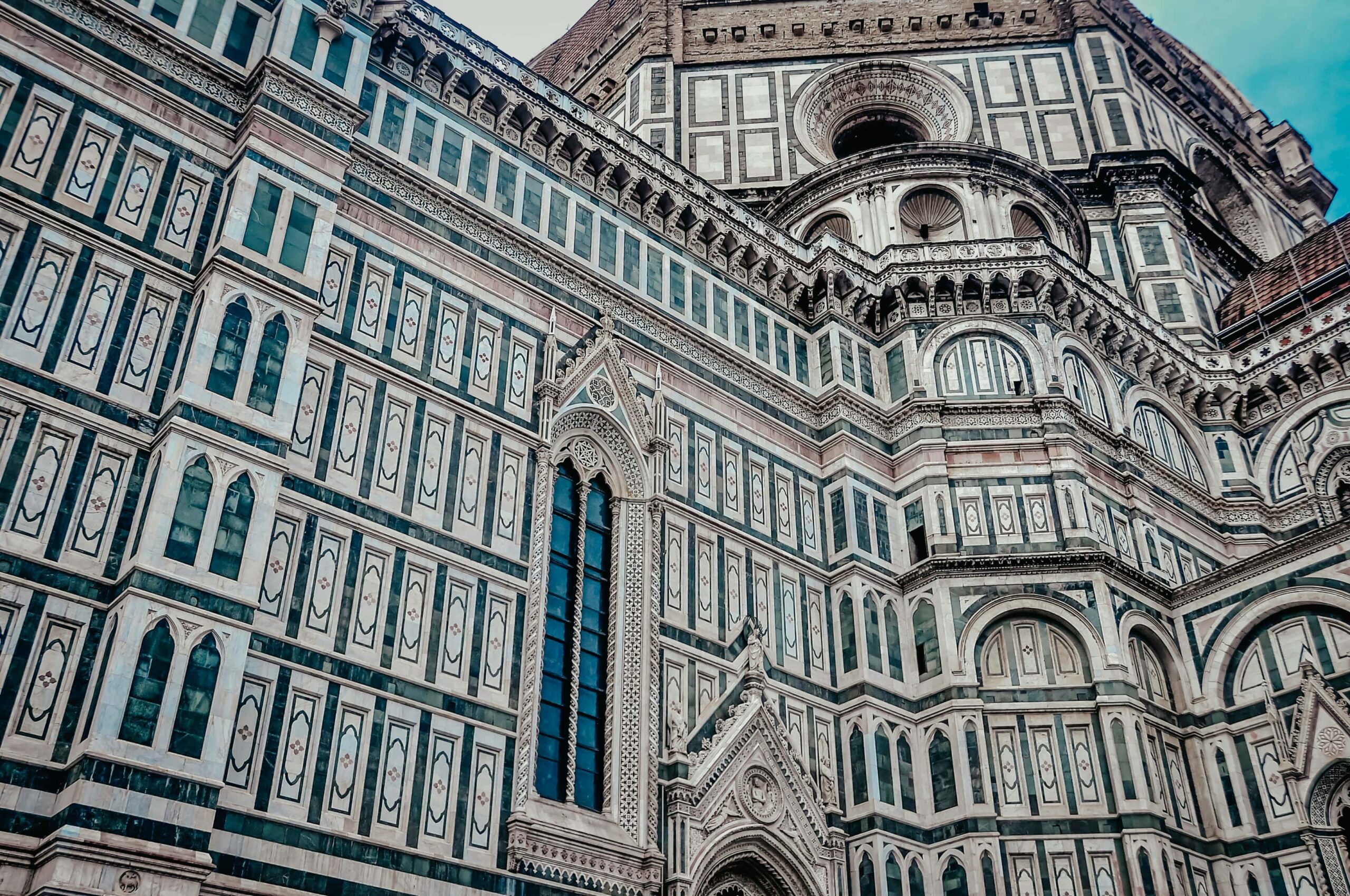By Mercedes Quintanilla.
Research has shown that fractal geometries in nature, art, and architecture are closely related. These patterns convey a sense of complexity that can be translated into design ideas.
Some of the common characteristics of this pattern are:
1. Exposed structures.
2. Exposed mechanical systems.
3. Contours and textures in materials.
4. Details in moldings.
5. Location and selection of plants.
6. Symmetrical and repetitive forms.
7. Fractal geometries (complex objects with structures that appear repeated when viewed at different scales).
Complexity and order in the built environment.
This pattern is represented in three types of scales which are:
Microscale.
At this level are the structures with conceptual patterns and ornamentation that hint at a collective theme or connection to the place. An example is textile patterns, interior finishes and facade design.
Mesoscale.
At this level are the collections of designs and could be articulated through orientation, mass, hierarchy and spatial planning, for example, linear spatial subdivisions or three-dimensional spatial organizations.
Macroscale.
We think on a macro scale in terms of urban network flows, resource distribution networks, local ecosystems, an example of this scale is the grid of ancient cities or towns.
The objective is to provide fractal symmetries and geometries, configured with a coherent spatial hierarchy to create a nurturing visual environment that generates a positive psychological or cognitive response (Salingaros, 2012).

Some of the considerations that allow optimization of complexity and order are:
• Prioritize the selection of artwork, materials, architectural expressions, master plan layouts, and landscaping that reveal fractal geometries and hierarchies.
• If you are going to create a fractal design, consider geometry with a medium fractal range.
• Overuse and prolonged exposure to high fractal dimensions can produce anything from discomfort to fear and counteracts the desired response.
• A new building or landscape design must take into account its impact on the fractal quality of the existing urban skyline.
This pattern was used from classical art and architecture, even in slightly more modern constructions such as the Eiffel Tower because fractal patterns are identified, which expresses a basic design interaction, thus achieving a level of complexity that conveys a sense of order and intrigue.
References.
✓ From San José, C. A. (2019, April 22). 14 PATTERNS OF BIOPHILIC DESIGN TO IMPROVE HEALTH AND WELLBEING IN THE WORKPLACE. AllWork. https://allwork.space/2019/04/14-patterns-of-biophilic-design-to-improve-health-and-wellbeing-in-the-workplace/
✓ Interface. (2020, January 15). 14 Patterns of Biophilic Design: Complexity & Order. interface.com. https://blog.interface.com/complexity-and-order-biophilic-design/
✓ Browning, W.D., Ryan, C.O., Clancy, J.O. (2017). 14 Patterns of Biophilic Design (Liana Penabad-Camacho, trans.) New York: Terrapin Bright Green, LLC. (Original work published in 2014).

Read the Comments +